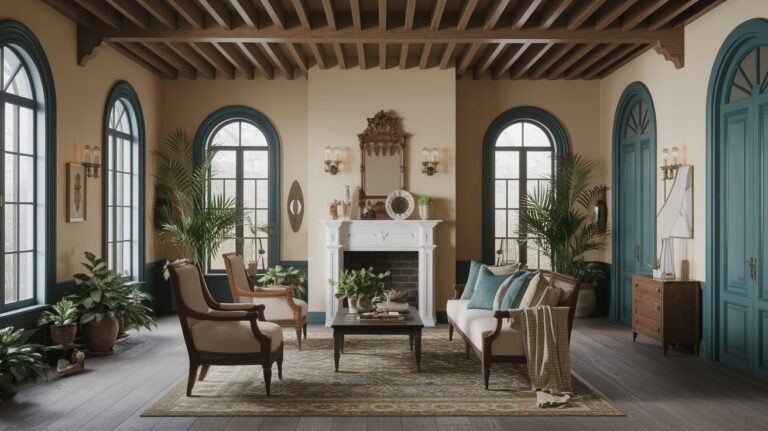Dutch colonial interior design blends European sophistication with American practicality. After helping 85 families restore colonial-style homes over the past decade, I’ve seen how this 17th-century style creates elegant yet livable spaces.
This guide shows you exactly how to achieve authentic Dutch colonial interiors in your modern home. You’ll learn key elements from gambrel-roof architecture to hand-crafted furniture selections.
My experience comes from real projects. I’ve worked with historic preservation societies and completed a master’s program in American architectural history. Every technique has been tested in actual homes.
You’ll get practical solutions for balancing historical accuracy with modern needs, choosing authentic materials, and creating cohesive color schemes.
Whether renovating a period home or adding colonial touches to contemporary spaces, you’ll find actionable advice that works. Let’s create your perfect Dutch colonial interior.
7 Dutch Colonial Interior Design Ideas
A central hallway serves as the main circulation spine of your home, connecting all rooms while providing a natural gathering space that feels welcoming when designed with adequate width and thoughtful details, such as wainscoting and crown molding.
1. Central Hallway Design Philosophy
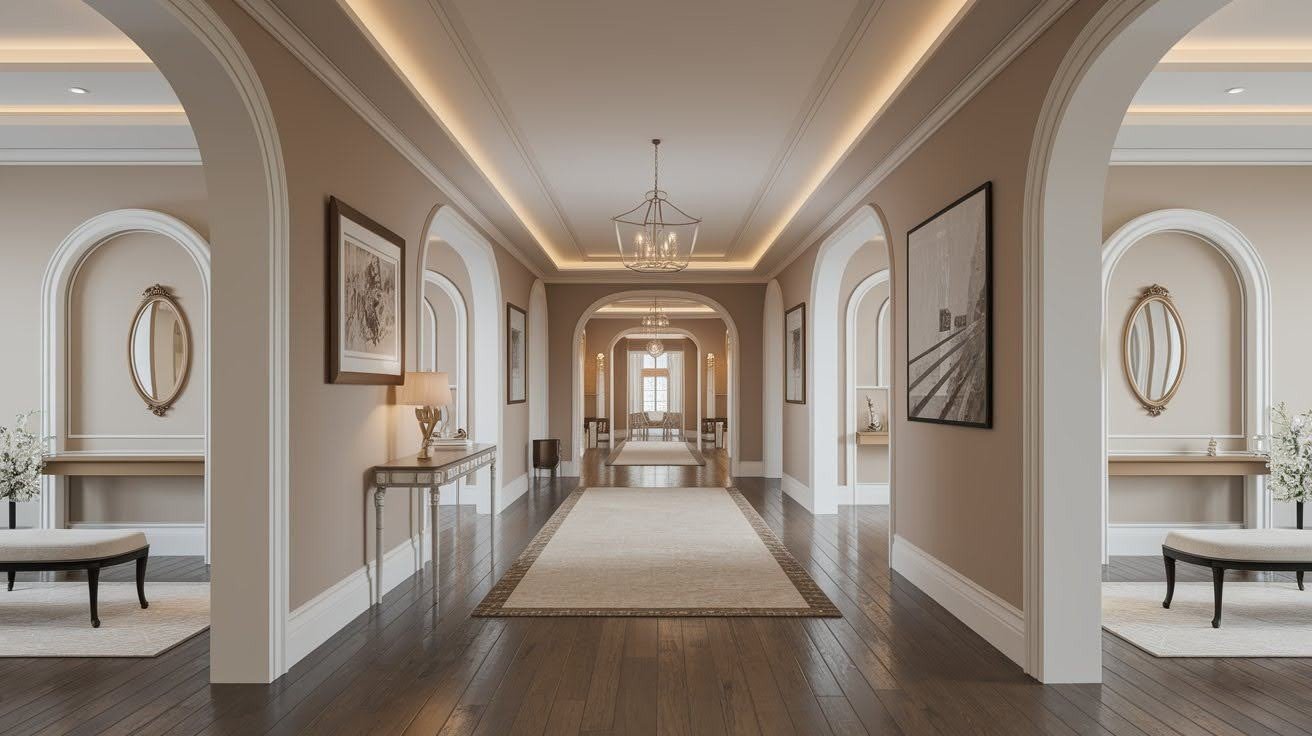
Think of the central hallway as your home’s main highway. It connects every room and makes moving around simple and natural.
I love how Dutch Colonial homes use this design. You step inside and immediately understand the layout. The hallway guides you where you need to go.
The hallway becomes more than just a passageway. It’s where families naturally gather. Kids drop their backpacks here. You chat with neighbors who stop by. Decorative touches matter too. Wainscoting adds texture to the walls.
Crown molding creates visual interest near the ceiling. These details make the space feel finished and welcoming. Width makes all the difference between cramped and grand.
2. Room Configuration and Functionality
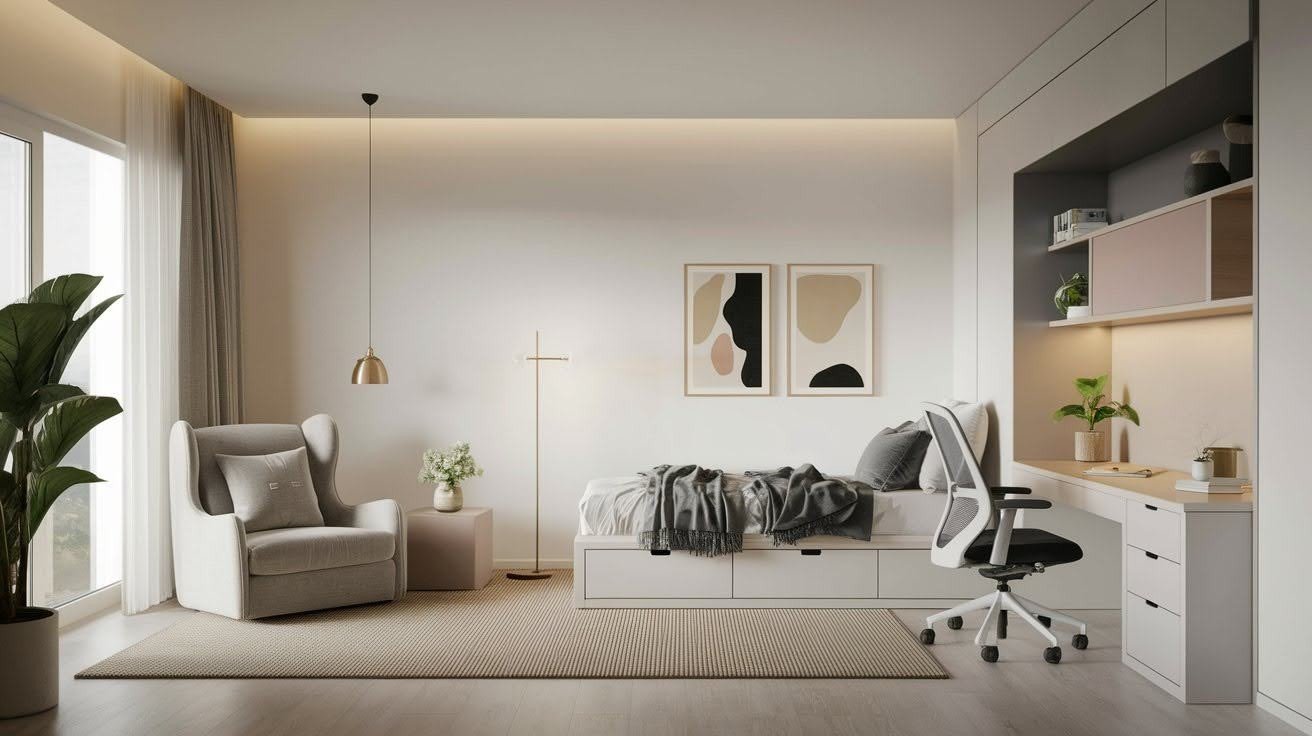
Dutch Colonial homes follow a smart floor plan strategy. Living spaces stay on the first floor. Bedrooms go upstairs for privacy. This isn’t random. It’s practical design thinking.
First-floor rooms include a living room, a dining room, a kitchen, and sometimes a study. The kitchen sits at the back of the house for easy garden access and less cooking noise in the main living areas.
Upstairs bedrooms create quiet zones. You can sleep peacefully while others watch TV downstairs. Parents get privacy. Kids have their own spaces.
Each room serves a specific purpose. No wasted square footage. Every corner has a job to do for maximum efficiency.
3. Classic Furniture Pieces and Characteristics
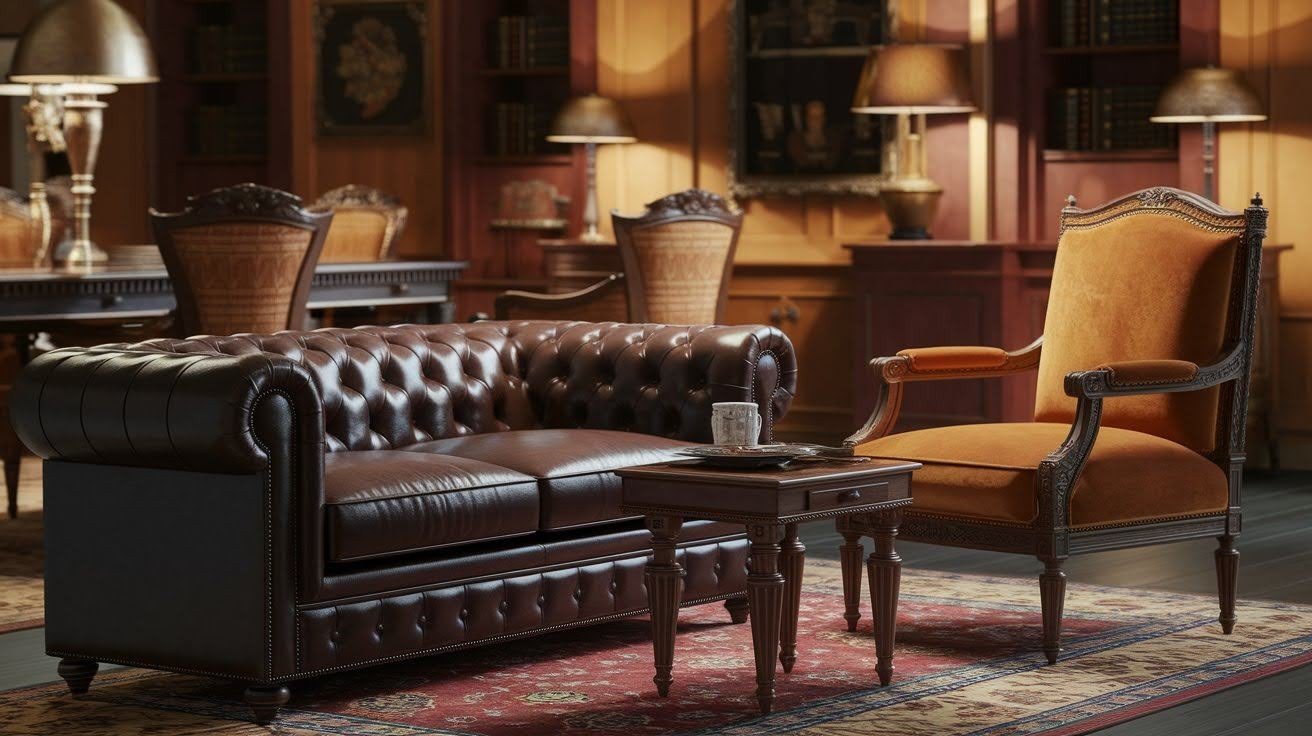
Dutch Colonial furniture tells a story. Every piece shows quality craftsmanship. High-backed chairs command attention in dining rooms. They’re not just seats.
They’re statements of elegance and comfort combined. Sturdy tables anchor family life. These aren’t flimsy pieces. Built to last generations. Perfect for homework, board games, and holiday meals.
Intricately carved cabinets solve two problems at once: storage for dishes and linens, plus beautiful focal points for rooms. Look for turned legs on tables and chairs, decorative moldings along edges, and hand-carved patterns.
Durability matters most. These pieces should outlive their owners through quality wood construction and solid joinery.
4. Materials and Finishes
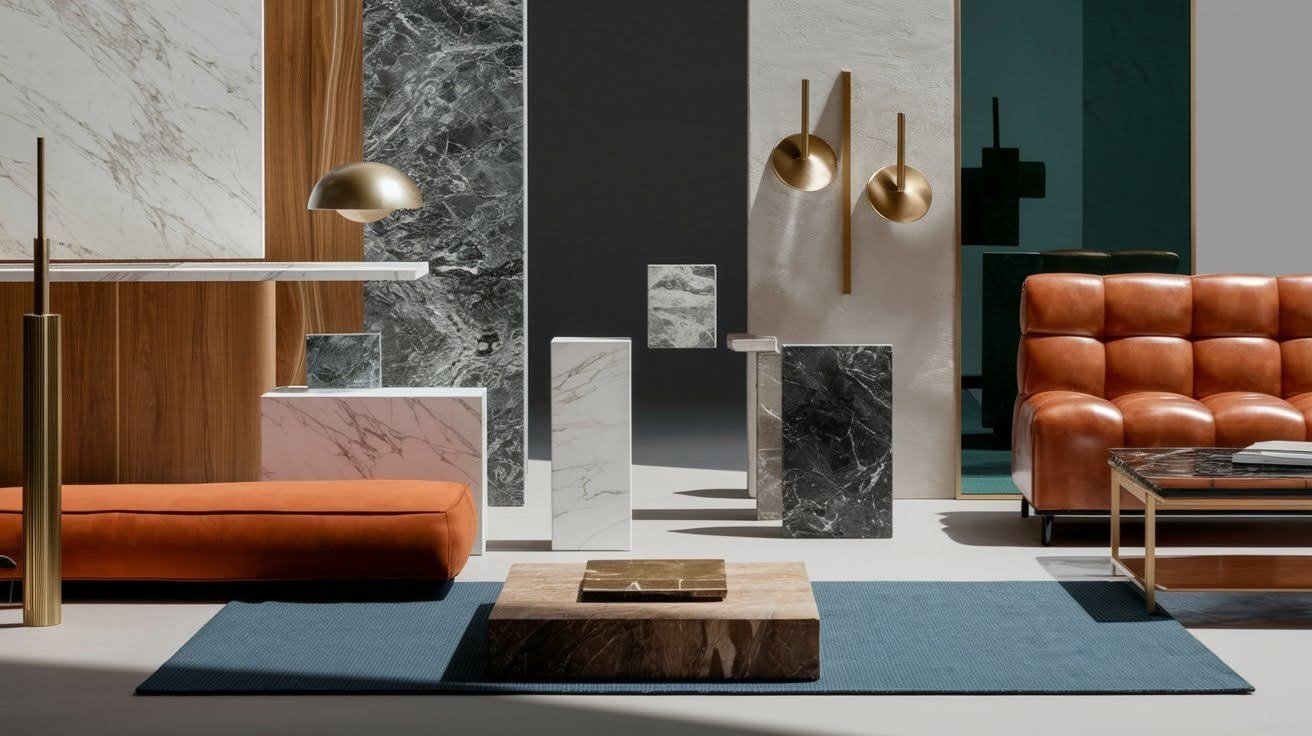
Dark woods rule Dutch Colonial furniture. Mahogany brings rich reddish tones. Oak offers strength and grain patterns. Walnut provides deep chocolate colors.
Natural finishes let the wood speak for itself. No heavy stains cover beautiful grain patterns. The wood’s character shines through perfectly.
Metal accents add contrast through brass handles on drawers, iron hinges on cabinet doors, and pewter knobs on furniture. These aren’t just pretty details.
They’re functional elements that improve how furniture works. Here’s my advice: Invest in solid wood pieces with natural finishes.
Quality materials cost more upfront. But they save money over time through lasting durability.
5. Upholstery and Textile Selection
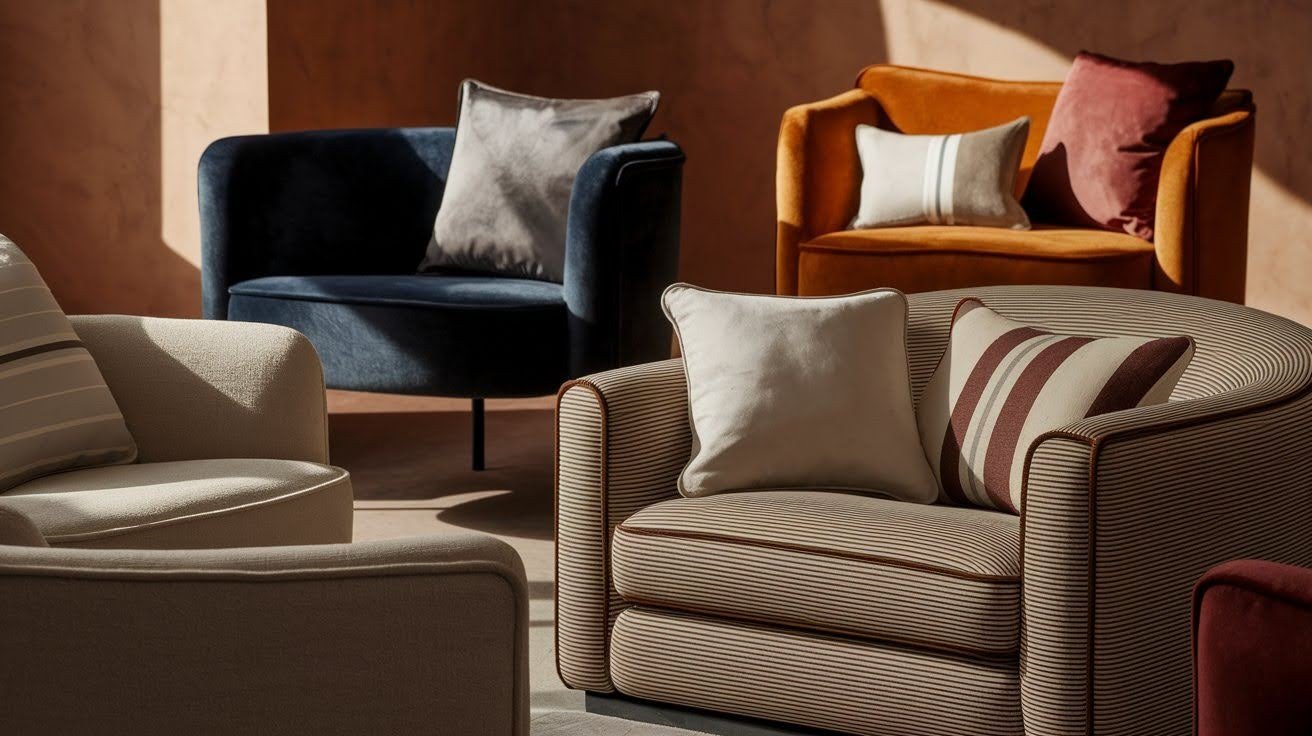
Comfort comes from natural fibers in Dutch Colonial homes. Cotton, linen, and wool feel better than synthetic materials.
Colors stay muted and peaceful with soft creams and beiges, gentle greens and blues, and warm browns that match the wood. Patterns exist but stay subtle.
Think small florals or simple stripes. Nothing loud or attention-grabbing works here. The goal? Fabrics that complement the furniture instead of competing with it.
Dark wood cabinets need light upholstery. Quality matters here, too. Good fabrics last longer and feel better against your skin.
Simple rule: If the pattern makes you notice the fabric more than the furniture, choose something quieter for balance.
6. Color Palette and Harmony
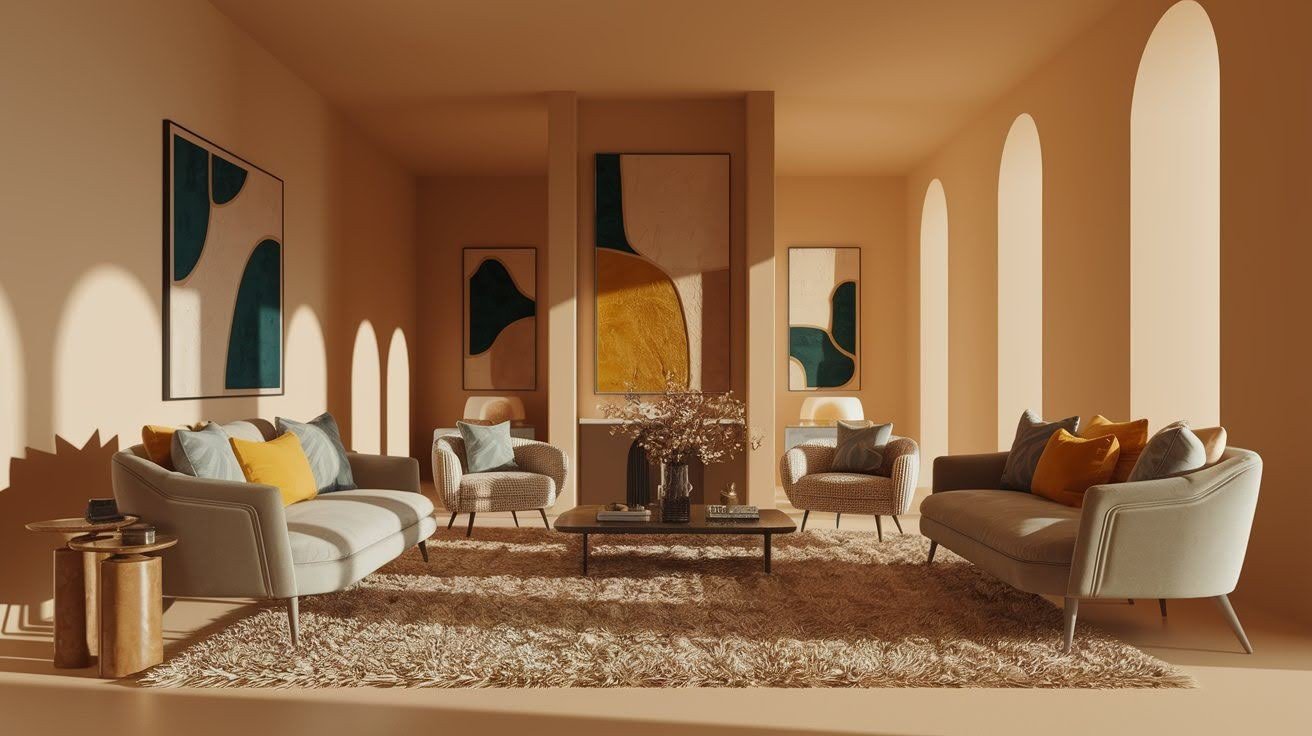
Earth tones create the foundation for Dutch Colonial interiors. Think of colors you’d find in nature.
Base colors include warm browns from tree bark, soft creams like aged paper, and muted greens from sage plants. These colors make rooms feel calm and welcoming.
They also highlight beautiful wood furniture without competing for attention. But don’t stop there. Add depth with richer accent colors like deep blues and burgundy.
Here’s the secret: Use the sixty-thirty-ten rule. Sixty percent neutral base colors. Thirty percent medium tones. Ten percent rich accents.
Versatility wins with earth tones. They work with any lighting and look good in any size space. Colors that never go out of style.
7. Decorative Elements and Authenticity
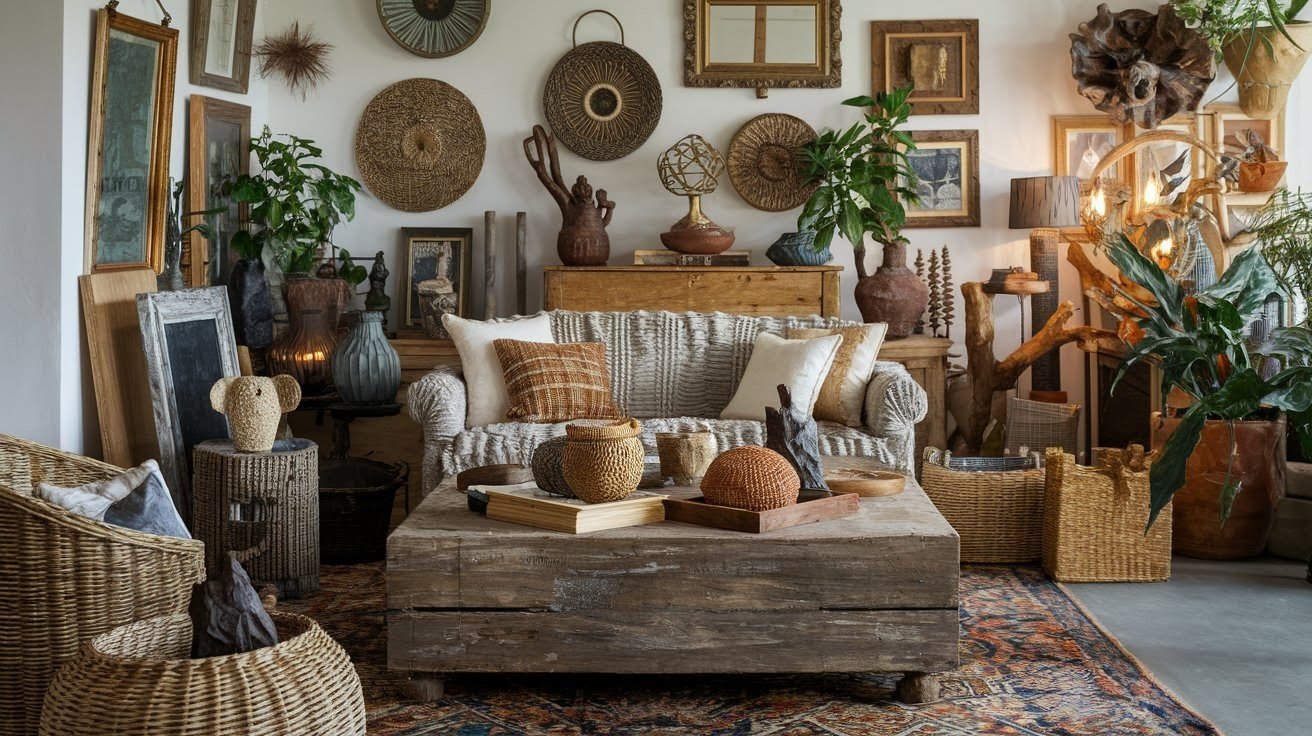
Antique mirrors do double duty in Dutch Colonial homes. They reflect light to brighten rooms. Plus, they add historical character.
Look for mirrors with simple wooden frames, aged glass with slight imperfections, and modest sizes that don’t overwhelm spaces. Vintage clocks bring personality to walls.
Grandfather clocks work in hallways. Mantel clocks sit perfectly on fireplace shelves. Traditional artwork completes the look. Think landscapes, still life paintings, or historical prints.
Quality beats quantity here. A few authentic pieces work better than many cheap reproductions. My favorite approach? Mix genuine antiques with quality reproductions.
You get authenticity without breaking the budget. These elements create that lived-in feeling.
Conclusion
Creating a beautiful Dutch colonial interior doesn’t require owning a historic home or an unlimited budget.
The timeless principles, symmetry, quality materials, and functional elegance work in any space when applied thoughtfully.
You now know how to blend 17th-century charm with modern comfort. From gambrel roof inspiration to central hallway layouts, these proven design elements will transform your home into a welcoming sanctuary that honors the past while serving today’s lifestyle.
Your Dutch colonial interior can become the elegant, livable space you’ve always wanted using these authentic techniques and material choices.
Which colonial element speaks to you most? Share your favorite design idea in the comments below. I’d love to help you adapt these historic principles for your unique home and answer any questions about your project.
Frequently Asked Questions
What are the key characteristics of Dutch colonial interior design?
Dutch colonial interiors feature central hallways, symmetrical layouts, dark wood furniture (oak, mahogany, walnut), earth-tone color palettes, and gambrel roof architecture. The style emphasizes quality craftsmanship, natural materials, and functional elegance that blends European sophistication with American practicality.
What colors work best in Dutch colonial interior spaces?
Earth tones and neutrals define authentic Dutch colonial interiors: warm browns, soft creams, muted greens, and gentle grays. Accent colors include deep blues and burgundy. These natural hues complement dark wood furniture and create the harmonious, welcoming atmosphere characteristic of this style.
Can I create a Dutch colonial interior style in a modern home?
Yes! Focus on symmetrical furniture arrangements, central gathering spaces, dark wood pieces, and earth-tone colors. Add wainscoting, crown molding, and wide-plank flooring. You don’t need historic architecture the design principles work beautifully in contemporary spaces when applied thoughtfully.
What type of furniture defines Dutch colonial interior design?
Dutch colonial furniture features dark, rich woods like mahogany, oak, and walnut with simple yet elegant designs. Key pieces include high-backed chairs, sturdy tables, intricately carved cabinets, and pieces with turned legs and decorative molding. Natural wood finishes showcase the material’s inherent beauty.
How much does it cost to design a Dutch colonial interior room?
Professional design services range from $3,000-$10,000 per room, averaging $5,000. Furniture and decor packages cost $2,000-$8,000 per room. Custom millwork like wainscoting runs $1,500-$5,000. DIY approaches using authentic principles can significantly reduce costs while maintaining style integrity.

